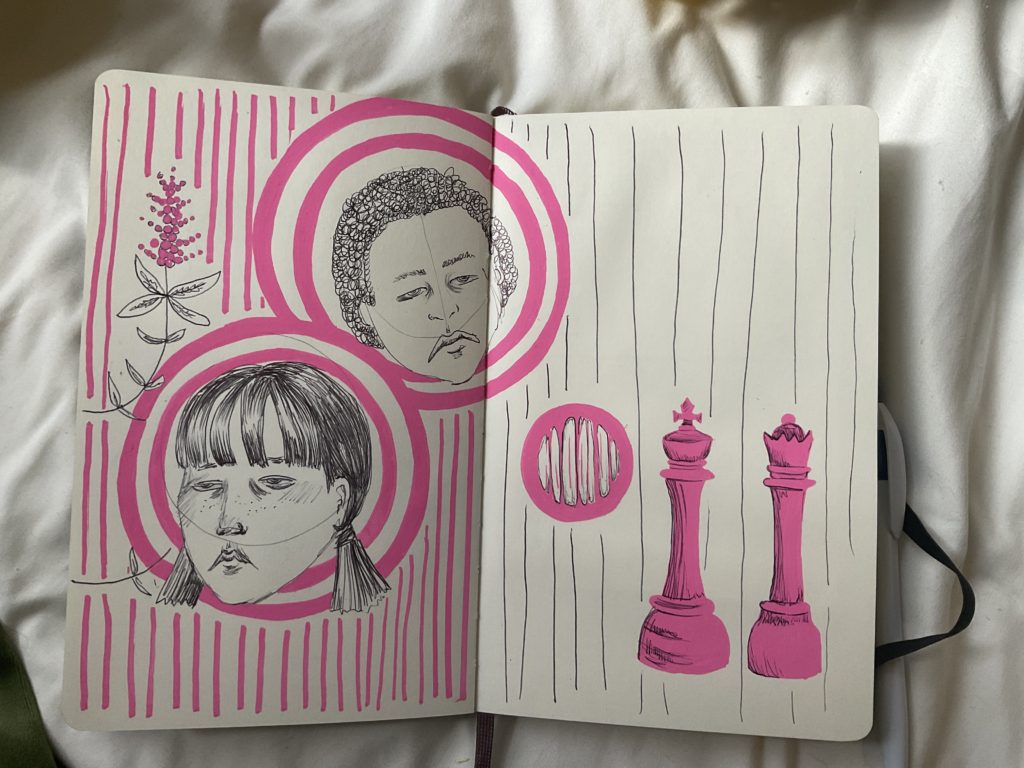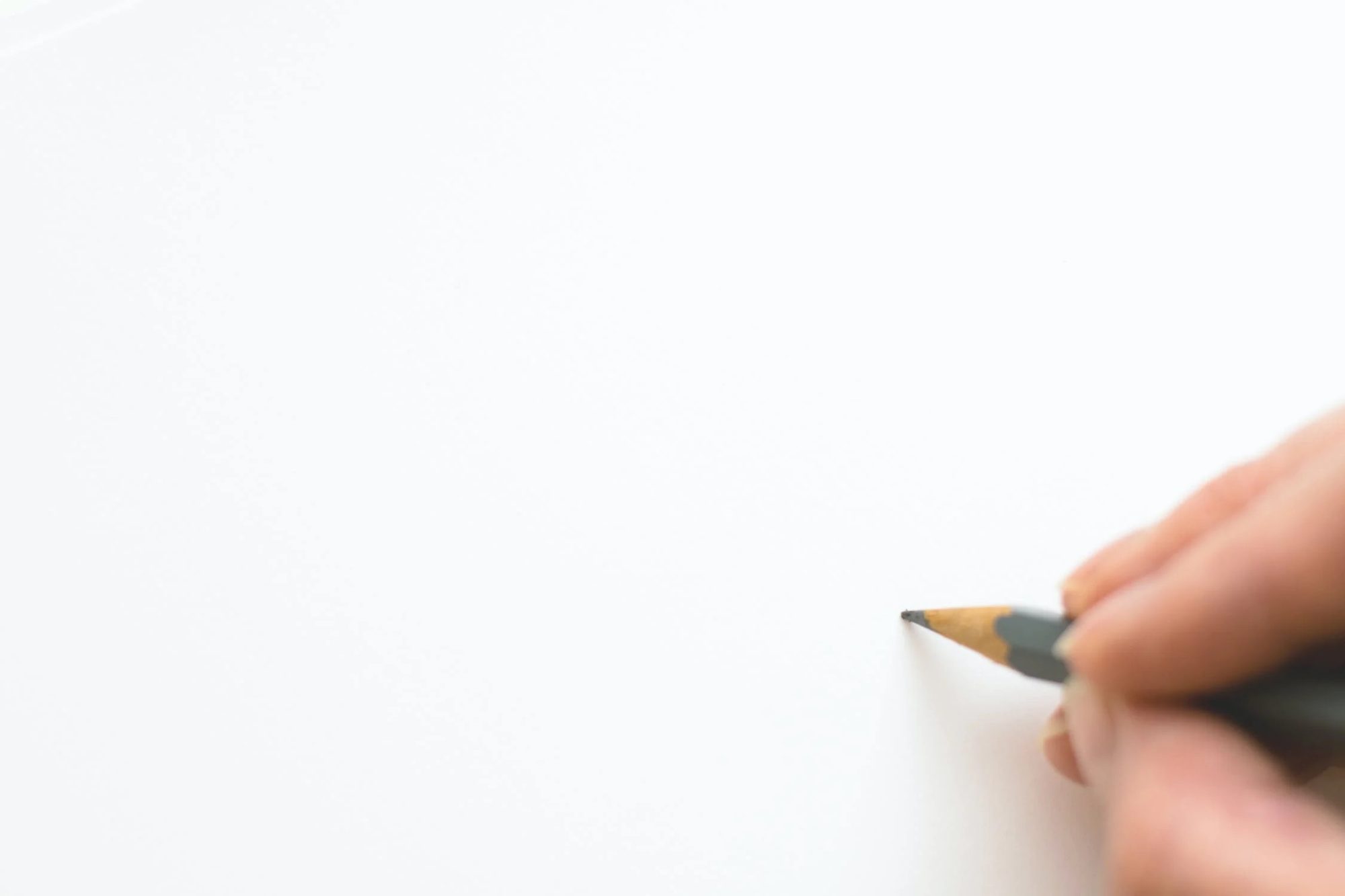Free hand drawing, also known as sketching or doodling, has been a part of human expression for thousands of years. It has been a part of human culture across many civilizations and time periods.
In this post, I will highlight where free hand drawing comes from, and great secrets to use it to your advantage.
History of Free Hand Drawing
Freehand drawing can be seen in ancient cave paintings, such as those found in the Lascaux Caves in France. Those date back to around 15,000 BCE.
The ancient Egyptians also used freehand drawing extensively in their art and hieroglyphs. The ancient Greeks also did in their pottery and sculptures.
During the Renaissance period in Europe, freehand drawing became a highly developed art form. Artists such as Leonardo da Vinci and Michelangelo used freehand drawing extensively in their sketches. It began being used to create studies of different art forms and subject matter.
Today, freehand drawing is still a popular form of artistic expression, as well as a valuable tool for architects, engineers, designers, and other professionals. It allows for quick and intuitive visualization of ideas, and can help to communicate complex concepts in a simple and accessible way.
Start with the basics
Before you can draw complex objects, you need to master the basics. Start with simple shapes like circles, squares, and triangles, and practice drawing them until you can do it with ease.
It sounds like this might be boring, but learning to master these types of things can help for the future.
Watch, read, or follow tutorials
There are many resources available online and in books that can help you learn freehand drawing. Look for tutorials and step-by-step guides that can help you build your skills.
As I said above, start with the basics. Maybe you can look up: how to sketch a flower, and go from there. You can slowly advance into more complex drawings!
Draw every day
Like any skill, freehand drawing requires practice to improve. Set aside time each day or week to practice your drawing skills, even if it’s just for a few minutes.
Even if you do not feel like drawing in the day or cannot think of anything to draw, draw what you drew yesterday. You will not get better at any one thing without practicing that thing more than once!
Draw from life
Observational drawing is an important skill for freehand drawing. Try drawing objects or scenes from life, rather than relying solely on photographs or other images.
If you are looking at items in front of you, you can better depict the true shape that it is taking instead of the severely 2D one your phone presents.
Use your pen/pencil lightly
When I began drawing, I would always use way too much pressure. I also talk about this in my post regarding sketching for beginners.
The biggest problem with this is that it can be hard to erase. Also, if you start out with a very dark stroke, its harder to add darker values as you draw.
Try different mediums
Try drawing with different types of pencils, pens, or other drawing materials to find what works best for you. Experiment with different line weights, shading techniques, and textures.
The more you try, the better you will understand the main functions of your utensils. Even if you dislike most of the ones you try, you will then appreciate and understand the ones you do like even more.
Learn to mimick shapes
Oftentimes, free hand drawing can be made much easier when you attempt to mimick the shapes in a subject instead of the ful subject itself. For a simple example, and ice cream cone. Instead of trying to follow each line, you want to isolate the circle on top (the ice cream), and the triangle underneath (the cone).
Then, you can merge these pieces together to create a more dynamic and faster picture.
Add details after the light sketch
Once you have the basic shapes and proportions blocked in, start adding details to your drawing. Look closely at your subject and observe any unique features or details.
Adding details is an important part of freehand drawing, as it brings your subject to life and adds personality to your artwork. The details that you choose to focus on define the eye you have as an artist.
Remember that adding details is a skill that takes practice. Don’t be discouraged if your drawings don’t turn out exactly as you hoped.

Dont forget to use your eraser
An important step in learning free hand drawing is to let yourself make mistakes. If you make a mistake or need to adjust something, use an eraser to correct it. Don’t be afraid to make adjustments as you go along.
The more you learn to erase, the more your brain will remember what not to do next time to avoid erasing. This will help you gain the skill of creating a drawing that you really like on the first try.
Remember that learning freehand drawing takes time and practice, and everyone develops their own unique style and approach. Be patient with yourself, and enjoy the process of learning and creating.

